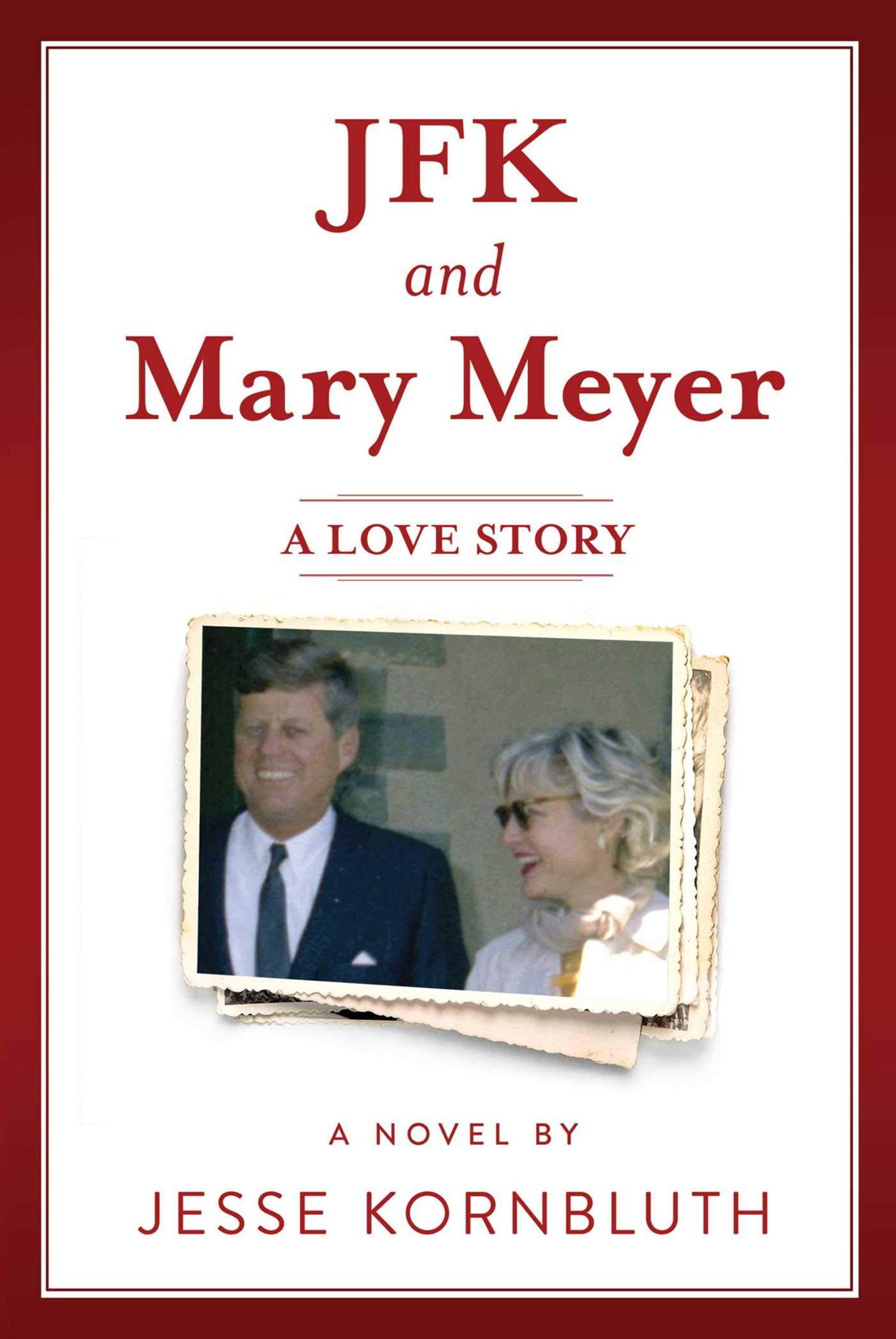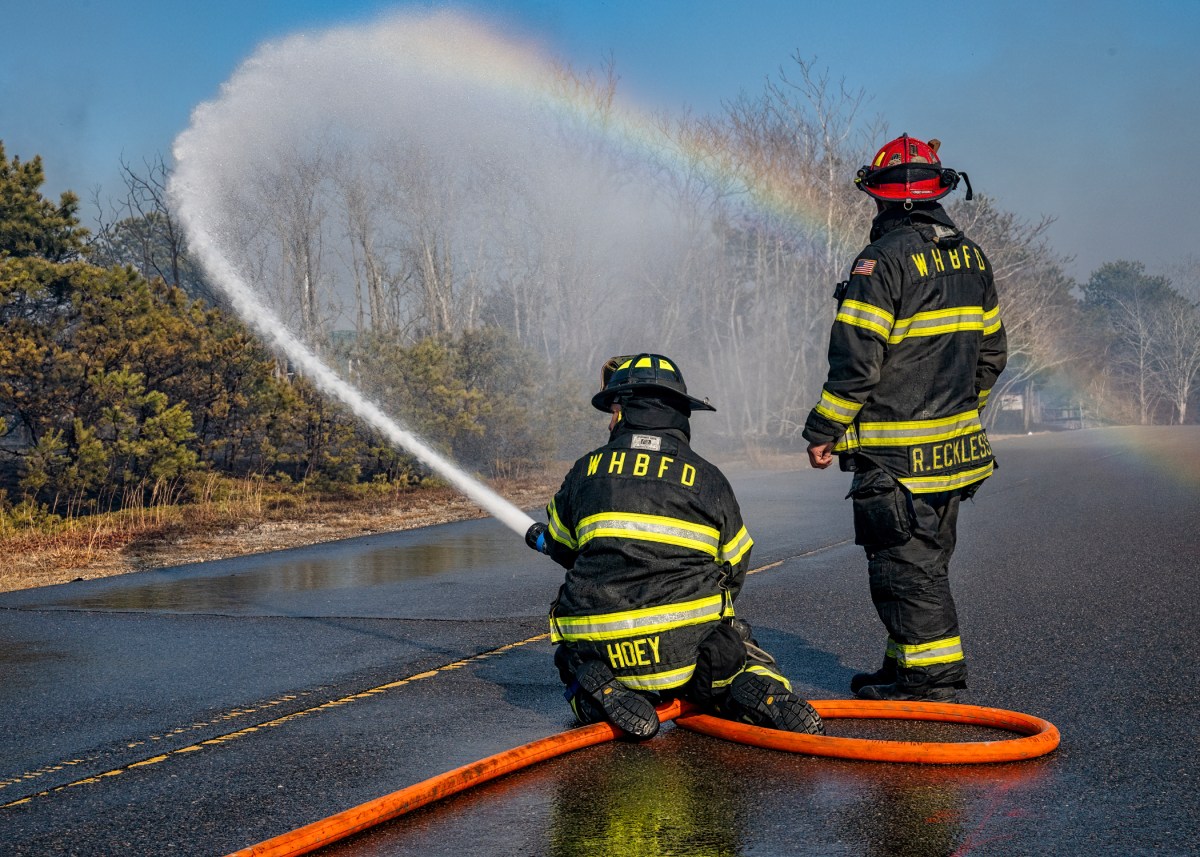Sex, Murder, And The White House


Veteran journalist Jesse Kornbluth, a former long-time East End visitor and renter, is one clever guy. Though he adds in small letters “A Novel” to the title of his new book “JFK and Mary Meyer: A Love Story,” it’s clear he’s playing the genre game: writing a fiction potboiler that’s also nonfiction. The theme? JFK’s unsolved assassination in November 1963 and Mary Pinchot Meyer’s unsolved murder (shot in the head and heart) 11 months later. Mary was one JFK’s many lovers, but, Kornbluth contends, a special one.
The author artfully and confidently feels he’s pulling off “one-of-a-kind” — a fictional memoir and a selective recap of reporting on both JFK and Mary, meaning that he intends to have it both ways: “This is a work of fiction, built on fact” are his opening words. And if that doesn’t get a reader going, the sentences that immediately follow surely will: “FACT: John F. Kennedy said he needed sex every three days or he got a headache. While he was president, he never had a headache . . .”
In his epilogue, Kornbluth with more journalistic care than conviction, cautions restraint about conspiracy theories. Could the murders have each been isolated events? “A demented loner in Dallas, a demented loner in Georgetown?” Shortly after Mary’s killing, a slim black man, purportedly spotted at the scene where Mary regularly went jogging, was apprehended and put on trial, but was acquitted after 11 hours because of inconsistent testimony and lack of forensic evidence. Which leaves open possible alternatives, connected to the CIA. Mary’s ex-husband, Cord Meyer, was a high-ranking official with the agency. The invitation that hangs over Kornbluth’s book is for the reader to do some hard thinking about the “chilly reality” of two unexplained murders: “Two lovers, both shot to death . . . Was his assassination a coup? If so, was her murder just a bit of housekeeping?”
Fact: Mary kept a diary, but her best friend called Mary’s sister, Tony, married to Ben Bradlee at the time, and said “Get it.” They did and burned it. It contained, among various subjects, 10 pages about an affair with an unnamed lover. Fiction: Kornbluth invents the nature of JFK and Mary’s relationship in the form of an extended diary that goes from January 1, 1961 to October 11, 1964 (she was 44 when she was killed). Mary and JFK shared a bed, but they also talked politics. She knew names, places, plans.
Friends from school days years ago, they travelled in the same set and lived as neighbors in Georgetown. It is Kornbluth’s belief that their affair, which began in 1962, was for JFK a rare bedding. Though he had other liaisons while bedding Mary, he “might have done what he fantasized: divorce Jackie after the ’64 election and marry Mary.” The operative words here are “might have” and “fantasized.” (Kornbluth also relies on “according to,” even though quoting a source doesn’t necessarily make the quotation accurate or the source reliable.) His Mary is careful to note, however, when she is recording “imaginary exchanges with Jack” and “gossip.”
“JFK and Mary Meyer: A Love Story” is structured as a narrative of diary entries, but almost every page contains extensive footnotes that identify people and places and that provide “editorial commentary,” often “tart and opinionated.” A five-page bibliography testifies to Kornbluth’s reading, though he is the first to acknowledge that “there are 40,000 books about John F. Kennedy, his Presidency, and his family.”
An oddity of the diary entries, however, is style shifts. Sometimes Mary uses phrases and truncated lists, other times, full, nuanced sentences. She miraculously recreates dinner and bedroom scenes, replete with dialogue. Some of the entries also seem unintentionally awkward, as when she shores up her sense of herself as an abstract artist, or when she waxes philosophical, as an acolyte of Jung.
From Kornbluth’s perspective, she was obviously thrilled by her connection to JFK, to the point of expressing guilt for his death: could her having urged him to take more liberal views on race and poverty have “moved him away from safe ideas to dangerous ones?” She saw him as magnetic. “A stone would think about sex if he stepped on it” A footnote quotation ascribed to Clare Booth Luce, however, better hits the mark as when she assessed JFK’s presidency as “came-a-lot.”
Although Kornbluth “set out to write one story and did,” he says that on re-reading he saw that he had also written “another story about power and institutions and the way they intersect to make that power and those institutions permanent.” Like Mary, who doubted the lone-gunman theory advanced by The Warren Commission Report, Kornbluth wonders and wants the reader to wonder if Mary, who “had an insider’s look” at “the process” of cementing power and institutions in The White House, “paid for” that privileged view “with her life.” One senses that this other story may have been the deeper motive for his book.



